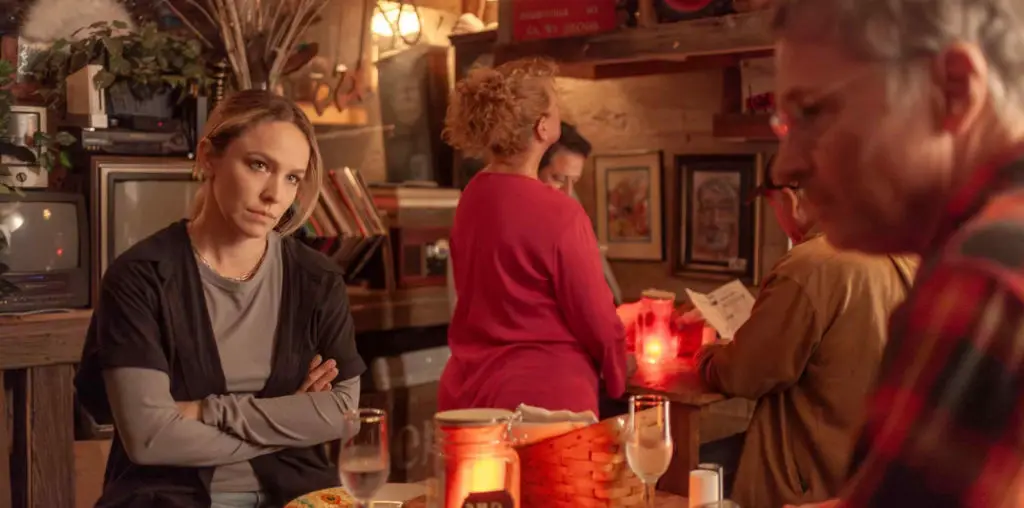
While most Americans consider Johnny Carson to be the gold standard for television talk show hosts, my personal favorite was Merv Griffin. Whereas Carson was always the center of his show’s focus and his guests always seemed to be genuflecting in his presence, Griffin’s guests were the ones on the pedestal and the host was sincere about putting the spotlight on them. But since Griffin’s program went off the air in 1986, his importance in the talk show universe diminished as other celebrity gabfest hosts filled the void he left. A 2006 DVD anthology offering highlights of some of Griffin’s most celebrated interviews helped fill the gap, but there was a need for much more.
That need has been fulfilled with this wonderful twelve-disc collection offering some of the most astonishing moments in the history of American television. Many of the episodes in this collection have not been seen since their original broadcast, and more than a few of them are truly astonishing in both the depth of talent and the unpredictable nature of the conversations.
Griffin was at his best in the 1960s, when his program originated from New York. During this period, Griffin was an energetic dynamo who clearly loved his work and his line-up of guests went full throttle with their star power. Joining Griffin was the unpredictable Arthur Treacher, a veteran British character actor who served as the host’s sidekick and whose moods swung wildly from barely concealed indifference to outright dyspeptic contempt to unbridled hilarity to sincere warmth. The iconoclastic Treacher was for more interesting than sycophantic Ed McMahon.
This may sound like apostasy, but the comedy highlights from Griffin’s 1960s shows surpassed anything that Carson was doing in that same period. Griffin loved to mix-and-match comics with very different styles, and the results were pure gold: Borscht Belt funnyman Henny Youngman teamed with Dixie charmer Minnie Pearl for improvised musical comedy, a very young Richard Pryor and an out-of-control Jerry Lewis competed for the attentions of voluptuous singer/comic Dagmar, and a nervy young Woody Allen became the foil for freewheeling Moms. And, of course, the ubiquitous Miss Miller, Griffin’s biggest fan, was always front and center at each taping, serving as both butt of the jokes and an unexpected wisecracker.
Larger than life personalities shined in full-star wattage on Griffin’s stage: Tallulah Bankhead went overboard with her infatuation for Willie Mays, Jayne Mansfield created crowd control problems by bringing her four children (including a two-year-old Mariska Hargitay) and her Chihuahuas on stage, and Hedy Lamarr created stunned silence from Griffin when she stated her preference for jeans and t-shirts to the glamorous Hollywood frocks that made her famous. The only guest at a loss for words was Andy Warhol, who allowed protégé Edie Sedgwick to handle the bulk of their conversation.
Griffin was also at ease with prominent newsmakers that occasionally turned up, most notably Rev. Dr. Martin Luther King Jr. in a frank and invigorating discussion on Vietnam and civil rights. Griffin’s ability to put guests at ease helped him break a barrier as the first non-news TV show host to interview a sitting president (Ronald Reagan in 1983).
When Griffin relocated his show to Hollywood, the program and the host became far more sedate. (For that matter, Carson’s Hollywood-based shows also lacked the sense of mischief and energy that his New York shows possessed.) Treacher did not join him in the new setting and, to be frank, the frenetic vibe of the 1960s show was missed. But Griffin still knew how to coordinate a fine program, most notably in his daring decision to turn over an entire 1972 episode to Isaac Hayes and the Stax Records stars. Late-life interviews with Jack Benny (who passed away a year after his 1973 appearance) and Orson Welles (who died several hours after taping his appearance on October 9, 1985) showed Griffin to be a masterful interviewer and a gracious host, while generous airtime provided to then-unknowns Whitney Houston and Jerry Seinfeld offered audiences a glimpse at what the future of show business had to offer.
For those who never saw Griffin’s work, this collection is a major game changer. And for those who remember him during his prime, it offers a much-needed blast from the past when TV talk shows had guests of genuine value and hosts that knew how to put on a great show.
